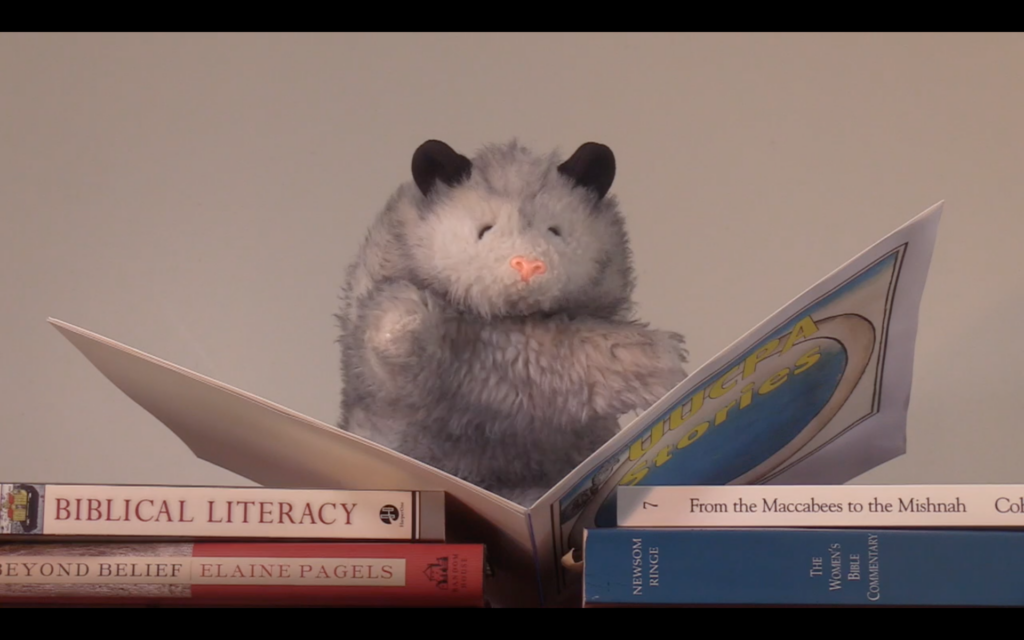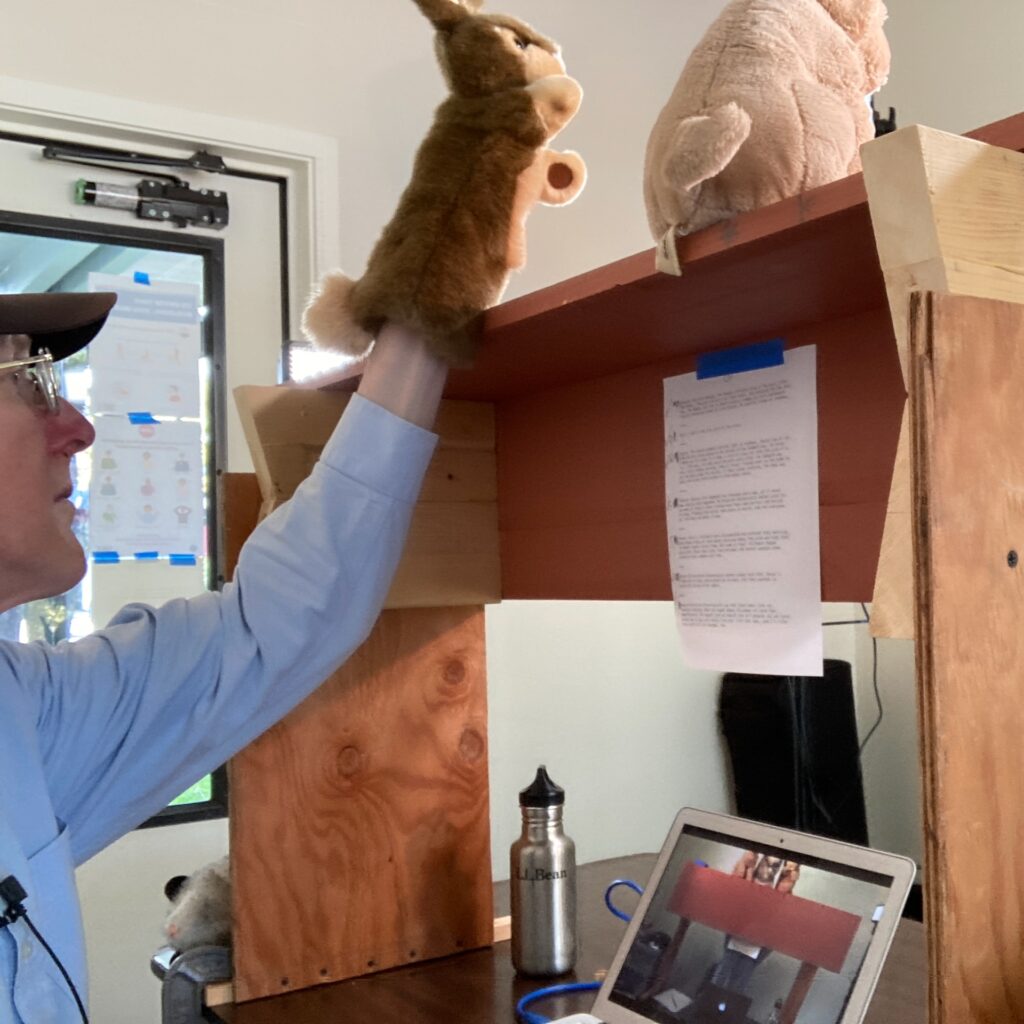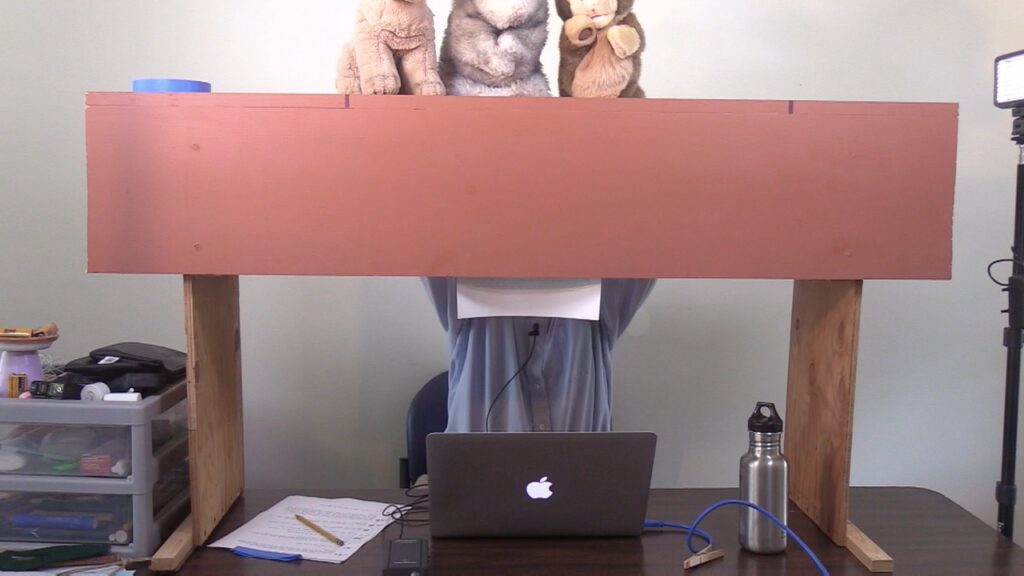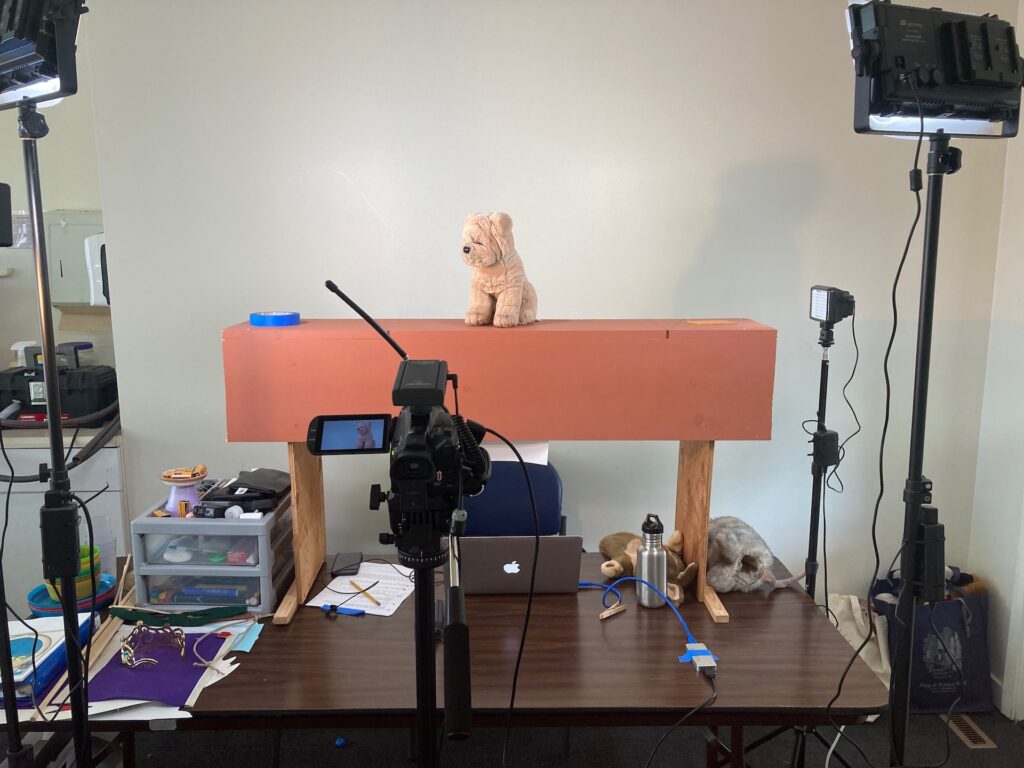Dr. Anthony Fauci has declared that we are now “out of the full-blown explosive pandemic phase” of COVID. This doesn’t mean that COVID is gone. It just means that “we’ve now decelerated and transitioned into more of a controlled phase,” according to Fauci.
This tallies with my own observations. COVID is still a threat, but not as dire a threat as it was a few months ago. So over the weekend, I decided to go to a group singing event that would require proof of vaccination for entry.
There were perhaps forty people at this Sacred Harp singing. I found it a little bit scary to be with so many people. (Though I was far more scared walking through airports when we flew to visit Carol’s father back in March — there were many more people in the airports, and anyone who was eating or drinking had their masks off.)
While I did find it to be a little bit scary, I also found it to be exhilarating. I’ve been too isolated during the pandemic. And I’ve done almost no in-person singing — no singing in choirs, no folk music jam sessions, no singing with a quartet, very little Sacred Harp singing. I’m not a particularly good singer, but before the pandemic, singing was my primary social outlet. Saturday’s singing event was definitely good for my mental health.
In this phase of the pandemic — this “more controlled phase,” to use Fauci’s words — we’re going to be balancing the threats from COVID against the threat that isolation poses to our mental health. It’s going to be a difficult balance to strike.
I’ll put a photo of the singing below the fold. But if you get triggered by seeing a bunch of people singing indoors at this point in the pandemic, don’t click through.
Continue reading “Post-pandemic singing”



